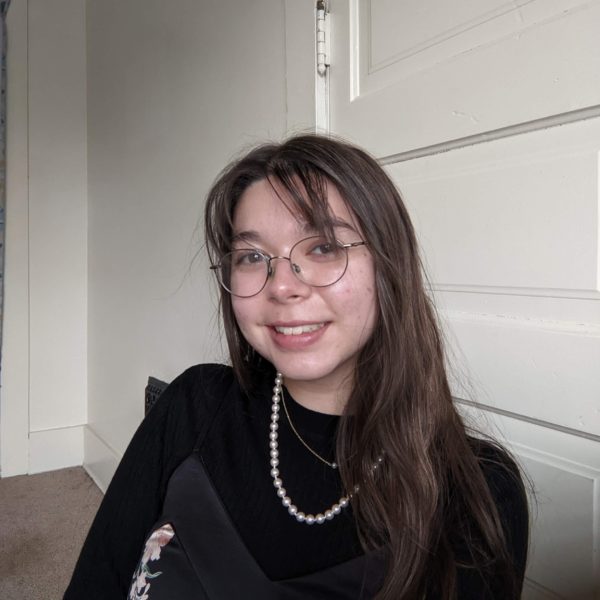
“Does this spark joy?” Aesthetics, Gender, and Ideals in Marie Kondo’s ‘The Life-Changing Magic of Tidying Up’

Name: Kayla Stevens
Major: Anthropology
Minor: Environmental Studies
Pathway: Museum & Archival Studies
Advisor: Beth Derderian; David McConnell (second reader)
The Life-Changing Magic of Tidying Up by Marie Kondo has been a popular object of fascination for American consumers since its 2014 publication in the United States. This study explores how Japanese and non-Japanese college students interpret the book and how it portrays Japanese culture. Marie Kondo’s identity as a Japanese woman is manifested in the material and aesthetic qualities of The Life-Changing Magic of Tidying Up and shapes readers’ perception of its content in strategic ways that play into American stereotypes surrounding Japanese culture and domesticity. Kondo’s tidying method is unattainable for many, leading those who cannot use it to view their life as lacking. Ultimately, this research demonstrates the importance of reading culture-based self-help literature with a critical eye and understanding how authors and editors guide readers to view their lifestyles and the representation of culture in particular ways. It was exciting to combine an exploration of self-help media with my love for learning about Japanese culture and books. I feel as though I’ve come away from this research with the tools and skills to delve into these topics even further in the future.
Posted in Comments Enabled, Independent Study, Symposium 2023 on April 14, 2023.
6 responses to ““Does this spark joy?” Aesthetics, Gender, and Ideals in Marie Kondo’s ‘The Life-Changing Magic of Tidying Up’”
Related Posts
Related Areas of Study
Environmental Studies
Natural sciences, social sciences, and humanities courses combine for those who want to be part of environmental solutions
Major MinorAnthropology
Use problem-solving and research skills to explore and understand communities and cultures in every part of the world.
Major Minor


Congratulations, Kayla! What a great project.
Such a fantastic project and presentation, Kayla! With the benefit of hearing the in-person one, I do have a couple of additional questions about the book object itself (of course). Did you do your own analysis of it prior to hearing what your interlocutors said about its qualisigns? And you mentioned learning something about the marketing decisions for the US audience—did you research the publishing decisions/process at all, for example the cover design? Thank you and congratulations again!
Thank you so much!
@Prof. Claire Eager: Thank you so much for your comments and for coming to my talk! To answer your first question, I didn’t do a formal analysis of the book as an object besides informally reflecting on its physical qualities. I did, however, analyze the bolded phrases throughout the book into three themes (I found the quotes either describe the KonMari Method, its impact, or the broader philosophy behind it). I would say your Global? Book? History? class definitely shaped my approach to understanding the book as an object, though! Secondly, I did not find a lot of information about the publishing process for the book, though I did find it very interesting to compare the original Japanese book cover with the U.S. cover! See here: https://www.sunmark.co.jp/detail.php?csid=3120-1
Hi Kayla — This is such interesting work. Thank you for doing it, and for sharing it here!
Thanks, Kayla! It would be fascinating to think more about the covers in relation to each other and their local contexts. Congratulations again!